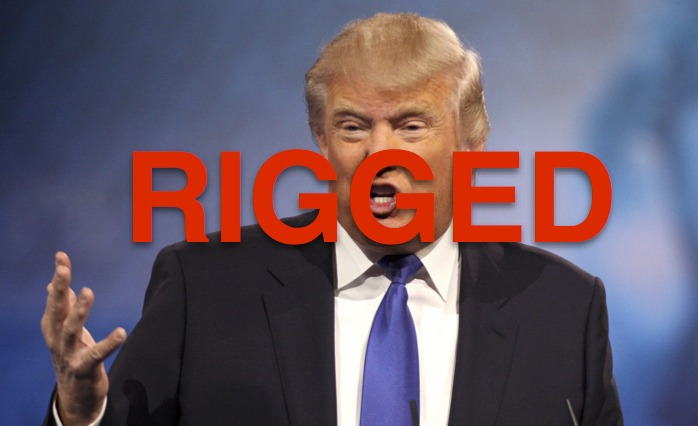Rigged election: Donald Trump won every surprise swing state by the same 1% margin

As the 2016 election results played out, observers on both sides were shocked that Donald Trump won four key swing states – Florida, Pennsylvania, Michigan, and Wisconsin – where Hillary Clinton had been heavily favored. She had seemingly locked up Florida with early voting alone, and the other three have all reliably gone blue for a generation. But more suspicious than the fact that Trump won these states was the fact that he won them all by the same margin.
The most commonly posited explanation of Donald Trump’s shocking election victory was that every professional pollster in the nation – despite each working independently and using differing methodologies – somehow managed to overlook the same pockets of Trump voters in these states. If such pockets did exist, they would have existed in varying sizes in each of the four states, thus resulting in different sized wins in each.
Ask any statistician and they’ll tell you that a reasonable distribution of the results would have been Trump winning one of the states by one percent, won one of them by perhaps three percent, won one of them by two percent, lost one of them by one percent, or something along those lines. But instead the voting tallies looked startlingly different from any natural distribution. In fact they looked startlingly the same.
According to the New York Times, the voting results broke down like this: Trump won Florida by just over one percent of the vote. He also won Pennsylvania by just over one percent. He won Michigan by just under one percent. And he won Wisconsin by precisely one percent. That’s not how numbers tend to work in the real world.
On its own, this kin of suspiciously consistent numerical dispersion across the four states that decided the election would be something that could be written off as a mere fluke. But when you put it within the context of the numerous other ways in which the voting tallies make no mathematical sense, it points to the numbers having been rigged or altered.
Specifically it points to some hacker having nudged these four states into Trump’s column by no more and no less than the one percent he needed, so as not to arouse suspicion by giving him too large of a win in any of the states he was supposed to lose. But if so, it’s the pattern of all of these states being won by the same one percent that stands out as suspicious, because that’s just not how numbers work to begin with.
